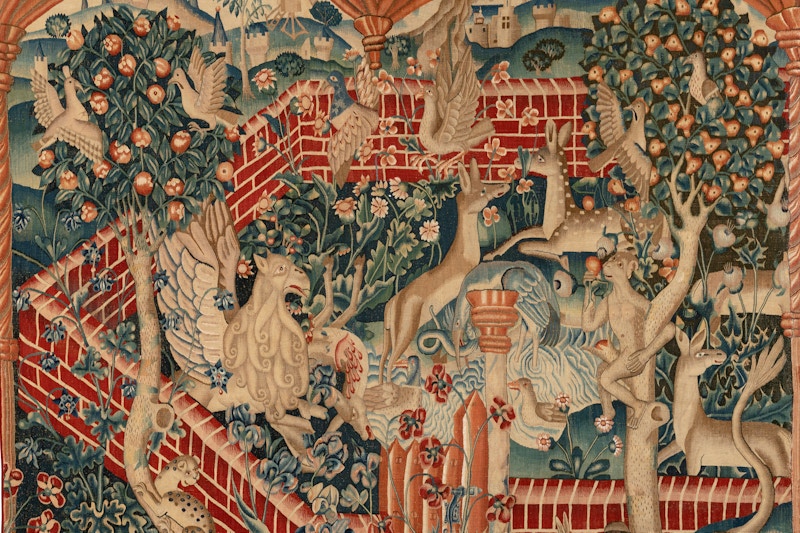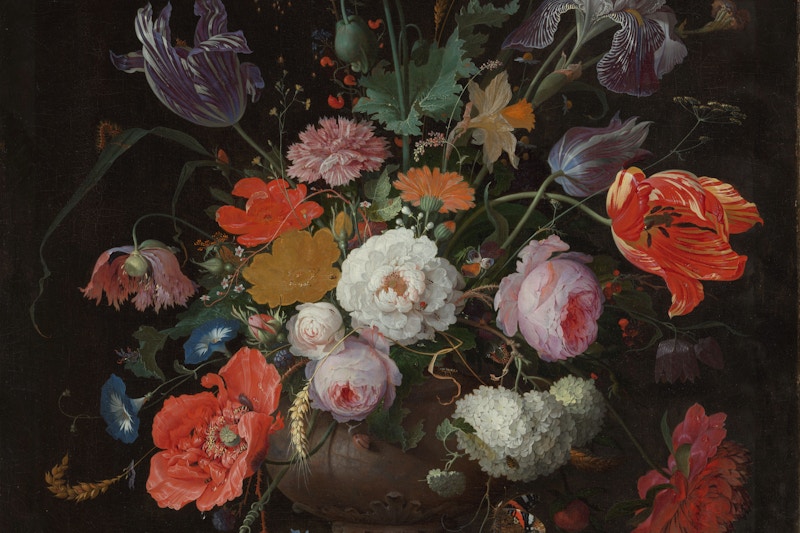
Unlocking the Secrets of Time: The San Zeno Calendar and the Astronomicum Caesareum
Delve into the fascinating stories behind two significant timekeeping objects between the Middle Ages and Renaissance
- By TEFAF Editors
- Meet the Experts
The awareness of time and the matter of its observation is ingrained in humanity and has guided the organization of various aspects of life for millennia. Ancient civilizations already followed the movements of astronomical bodies in the sky, and insights into the passing of time aided harvest cycles or the celebration of specific feast days. The act of astronomical timekeeping gradually developed and became more sophisticated—increasingly precise mathematical devices were made to record the patterns of celestial bodies, leading to the creation of instruments such as sundials, water clocks, and astrolabes over time.
In the latest video in TEFAF’s Meet the Experts series, Daniel Crouch of Daniel Crouch Rare Books in London explores the history of timekeeping between the late medieval period in Northern Europe and Italy on the cusp of the Renaissance—a transitional time when religion and science met. Crouch shares his insights into the fascinating stories behind two significant objects that have aided its users to find the answer to the question of time: the San Zeno Calendar (c. 1455) and the Astronomicum Caesareum (1540).

San Zeno Calendar from the cloister of San Zeno in Verona, c. 1455. Ink and polychromy on wood and vellum. c. 128 cm diam. (50.4 in.). Photo: Loraine Bodewes.
A unique late medieval, early Renaissance calendar, the San Zeno Calendar hung for over three centuries in the cloister of the Benedictine abbey of San Zeno in Italy, functioning both as a nighttime clock and guiding monks in the organization of their devotional schedule. It was known that various cycles—such as the seasons and the phases of the moon—repeated themselves, but were not in exact alignment with each other, leading to their representation on various rotating disks wrapped in vellum, known as volvelles. The San Zeno calendar is so far thought to be the only volvelle astronomical calendar of its kind to have survived from the Middle Ages.

Petrus Apianus, Astronomicum Caesareum, 1540. 46.8 x 31 cm (18.4 x 12.2 in.). Photo: Loraine Bodewes.
Nearly a century later, the Astronomicum Caesareum was created by Petrus Appianus (1495–1552), mathematician, astronomer, and cartographer to The Holy Roman Emperor Charles V. This handbook is a comprehensive review of contemporary knowledge on astronomy and was used as a mathematical and didactic tool for questions about time and location, but also theories about solar eclipses and comets, among others. Similar to the San Zeno calendar, it comprises of various volvelles placed within a frame reminiscent of an astrolabe, a contemporary device that modelled the movement of the heavens and enabled the calculation of time and place.
Together, these two instruments not only exemplify matters and methods of timekeeping, but also illustrate the tendency of their times as a religion-orientated object and one far more rooted in science.


